import Dispatch
import Foundation
DispatchQueue.main.async {
print("just print in main async")
}
RunLoop.current.run(mode: .default, before: .distantFuture)
print("RunLoop.current.run ends!")
If the runLoop ends after printing "just print in main async", does it means that the runLoop was terminated by main.async (just like an UI event)?
I want to know what exactly happens in this case.


